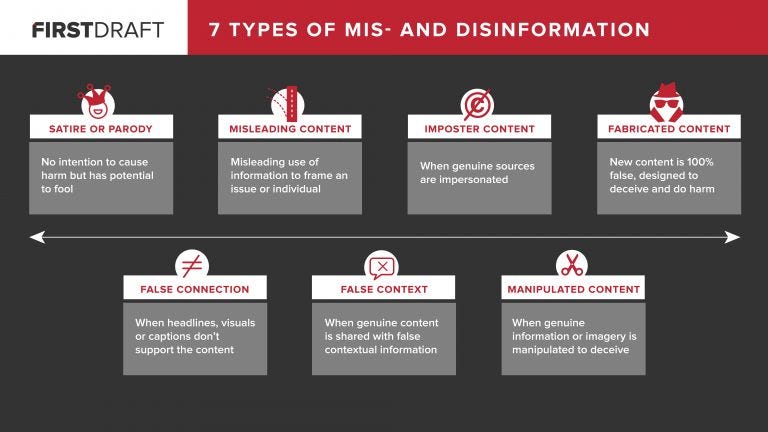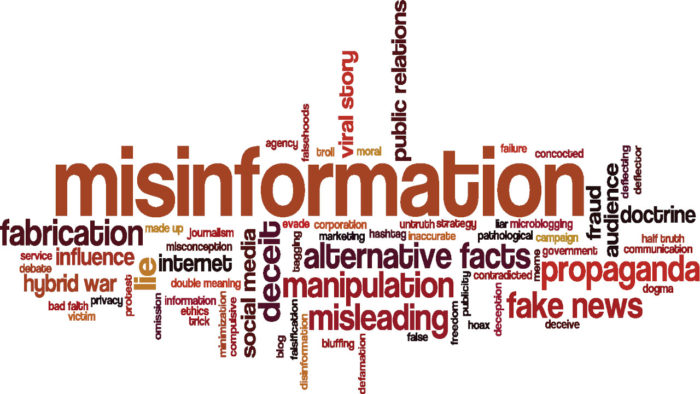There's multiple criteria to judge whether a particular Twitter account is a bot. Read about them here and learn to recognize some key telltale signs such as:
- Activity – How many posts per day have been generated by the account? The Oxford Internet Institute’s Computational Propaganda team views an average of more than 50 posts a day as suspicious.
- Suspicious patterns of likes/retweets – very high numbers of likes/retweets vs. original posts, often in quantities that are very close.
- High number of account followers, low number of account follows.
Source: Atlantic Council's Digital Forensic Research Lab
Bot Check Tools
Not sure if you're dealing with a bot or an actual person? Try these tools:
Bot-o-Meter
Twitter Audit
Bot Sentinel
BotSlayer
NOTE: There is no foolproof bot detection app as of yet; the above tools may yield false positives or negatives over time. Use your best judgment!
What is a Troll?
Internet trolling is a behavior in which users post derogatory or false messages in a public forum such as a message board, newsgroup or social media. The purpose of trolling is to provoke others into displaying emotional responses or to normalize tangential discussion either for amusement or personal gain.
Sources: PC Magazine online encyclopedia, Collins English Dictionary

Image source: Wesley college
Advice for parents on how to deal with Trolls and cyberbullying:
1. No response- If you post a follow-up message, you are contributing to the resulting clamor and most likely delighting the troller. (Source- Indiana University)
2. Let your child know they can tell you anything
3. Be involved in your child’s online life – don’t leave them alone online
4. Bring kindness back to the Internet
Learn More: Wesley College, esafety.gov.au
Watch: Example of internet Trolling below:








